Year 2024 face_with_colon_three
We discuss the thirty-year anniversary of the seminal work on DNA computing and its implications for the field of biotechnology.
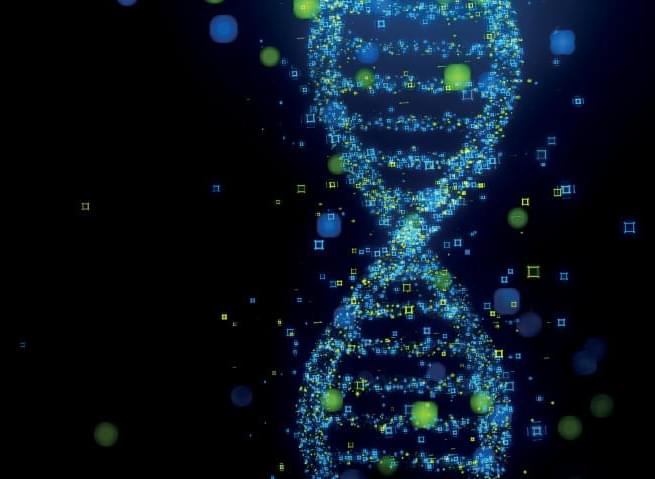
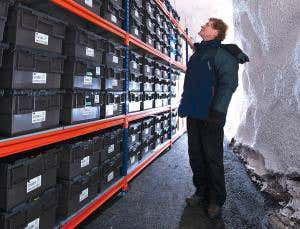
Year 2015 face_with_colon_three
IF YOU must preserve messages for people in the far future to read, Blu-ray discs and USB sticks are no good. For real long-term storage, you want a DNA time capsule.
Just 1 gram of DNA is theoretically capable of holding 455 exabytes – enough for all the data held by Google, Facebook and every other major tech company, with room to spare. It’s also incredibly durable: DNA has been extracted and sequenced from 700,000-year-old horse bones. But conditions have to be right for it to last.
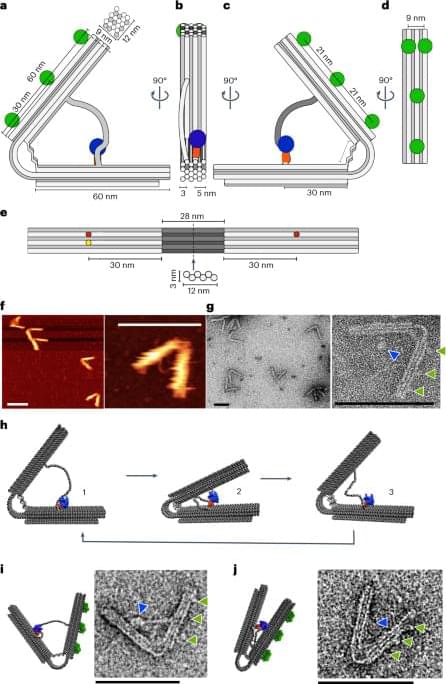
DNA nano machine year 2023.
An autonomous DNA-origami nanomachine powered by the chemical energy of DNA-templated RNA-transcription-consuming nucleoside triphosphates as fuel performs rhythmic pulsations is demonstrated. In combination with a passive follower, the nanomachine acts as a mechanical driver with molecular precision.
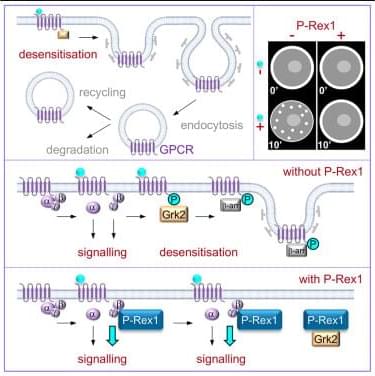
P-Rex1 activates Rac downstream of GPCRs to regulate processes ranging from innate immunity to neuronal plasticity, its deregulation contributing to cancer. Here, Baker et al. show that P-Rex1 also controls GPCR trafficking, limiting agonist-induced GPCR internalization through an adapter function. Thus, P-Rex1 promotes GPCR responses in a dual manner.
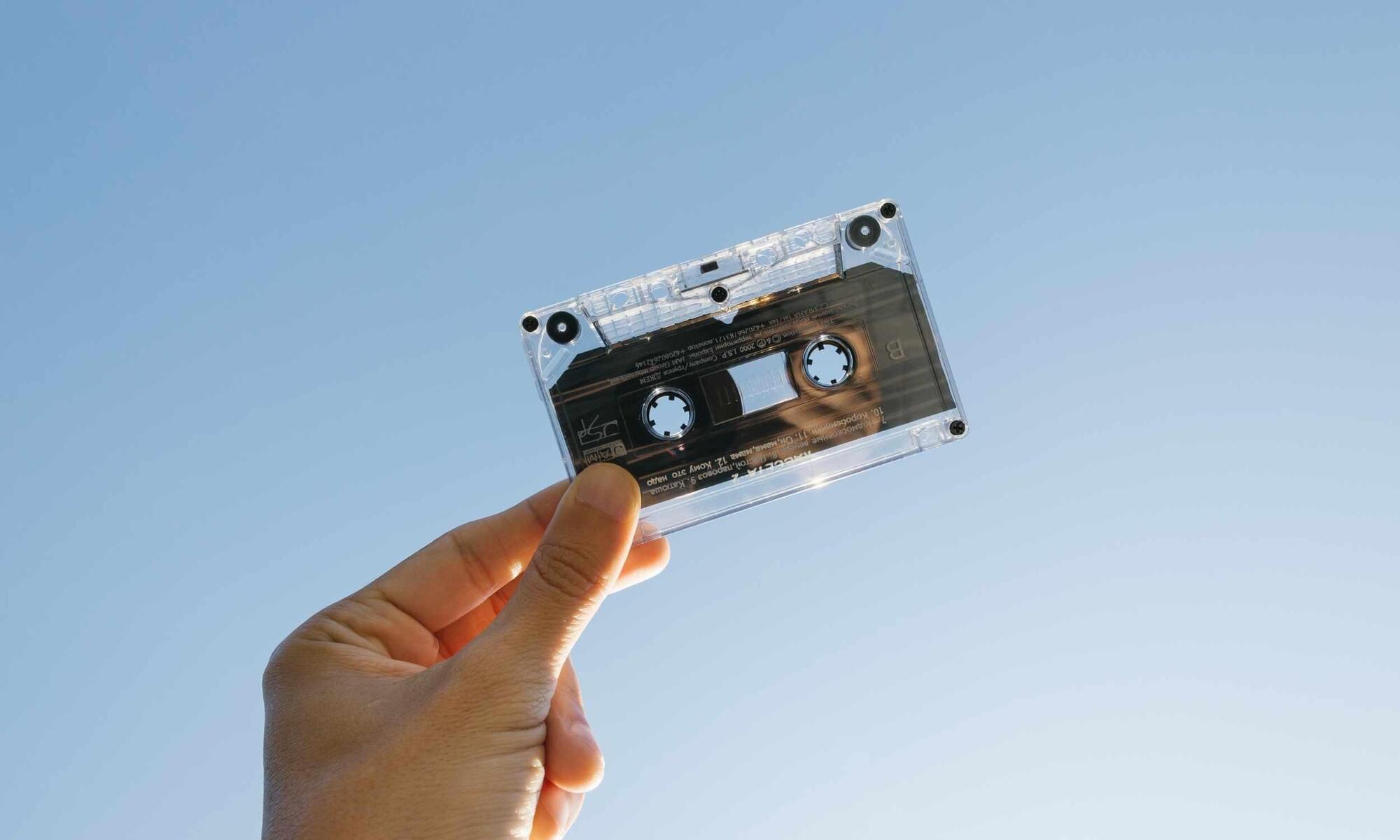
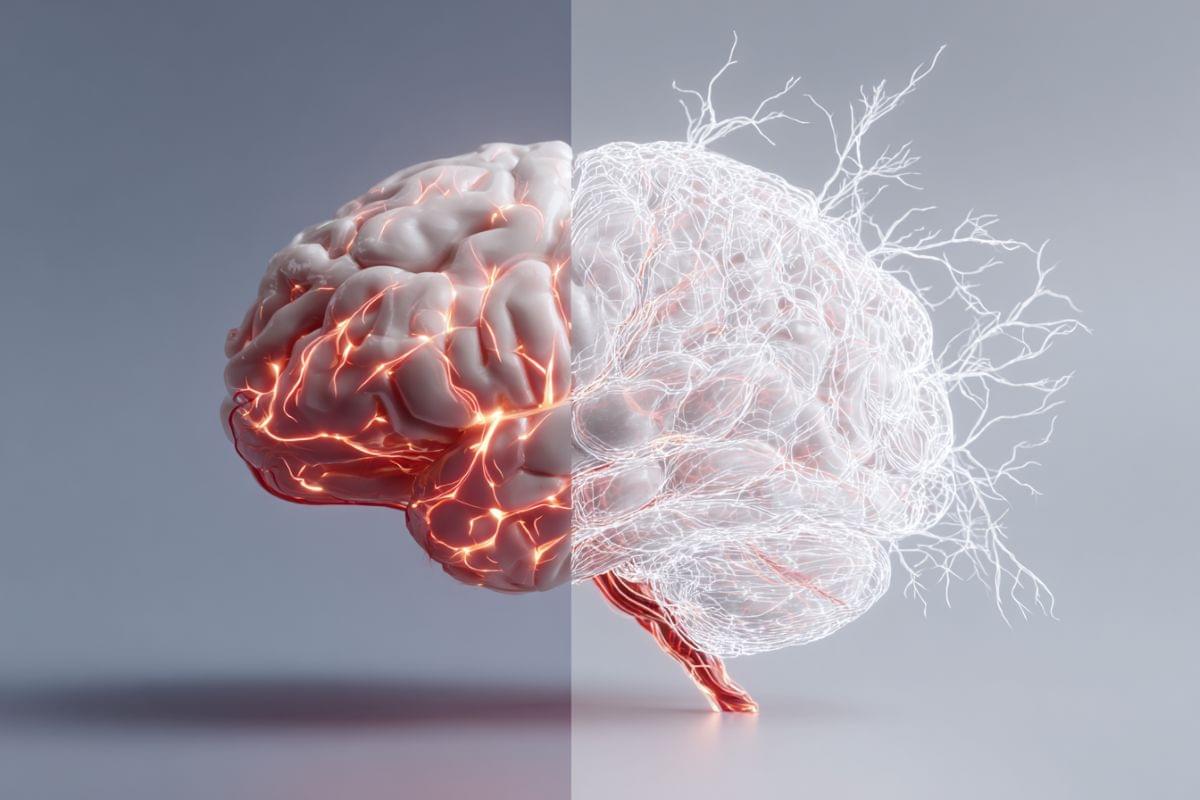
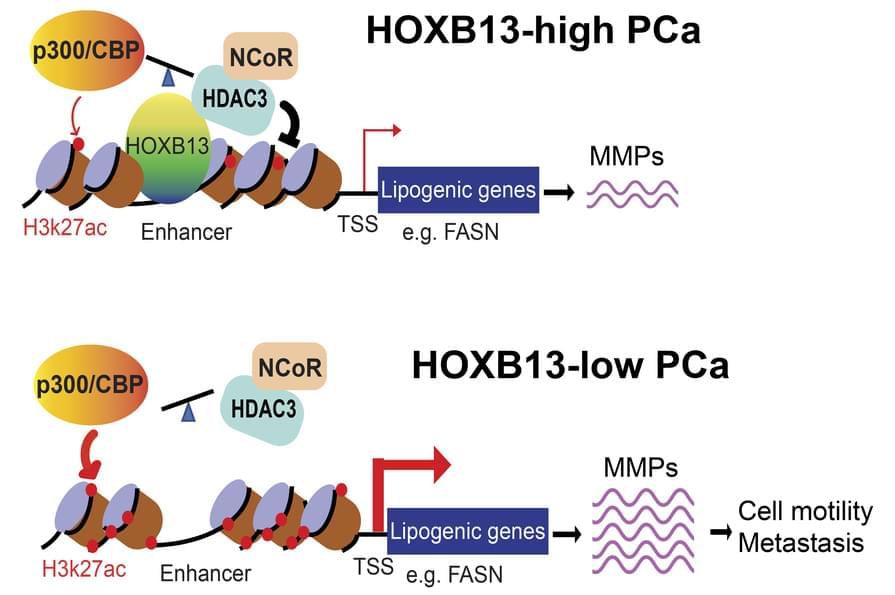
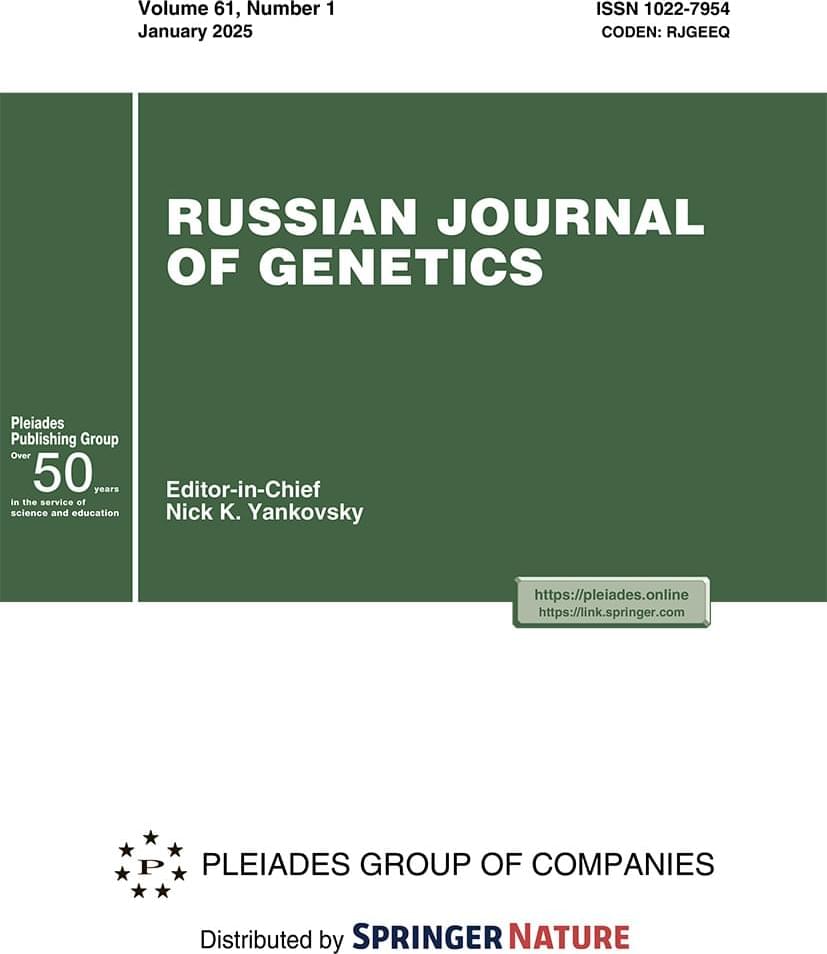
Abstract The review examines modern advances in the genetics of aging and life span. The key molecular mechanisms regulating aging processes at the genetic level are analyzed, including signaling pathways and longevity genes identified in studies on model organisms and through genome analysis of long-lived species. Special attention is given to the insulin/IGF-1 signaling pathway, the role of the FOXO transcription factor, DNA repair systems, epigenetic regulation, and modulation of mTOR and AMPK kinase activity. Results of experimental studies on increasing the life span of model organisms through genetic manipulations and combined approaches are presented.
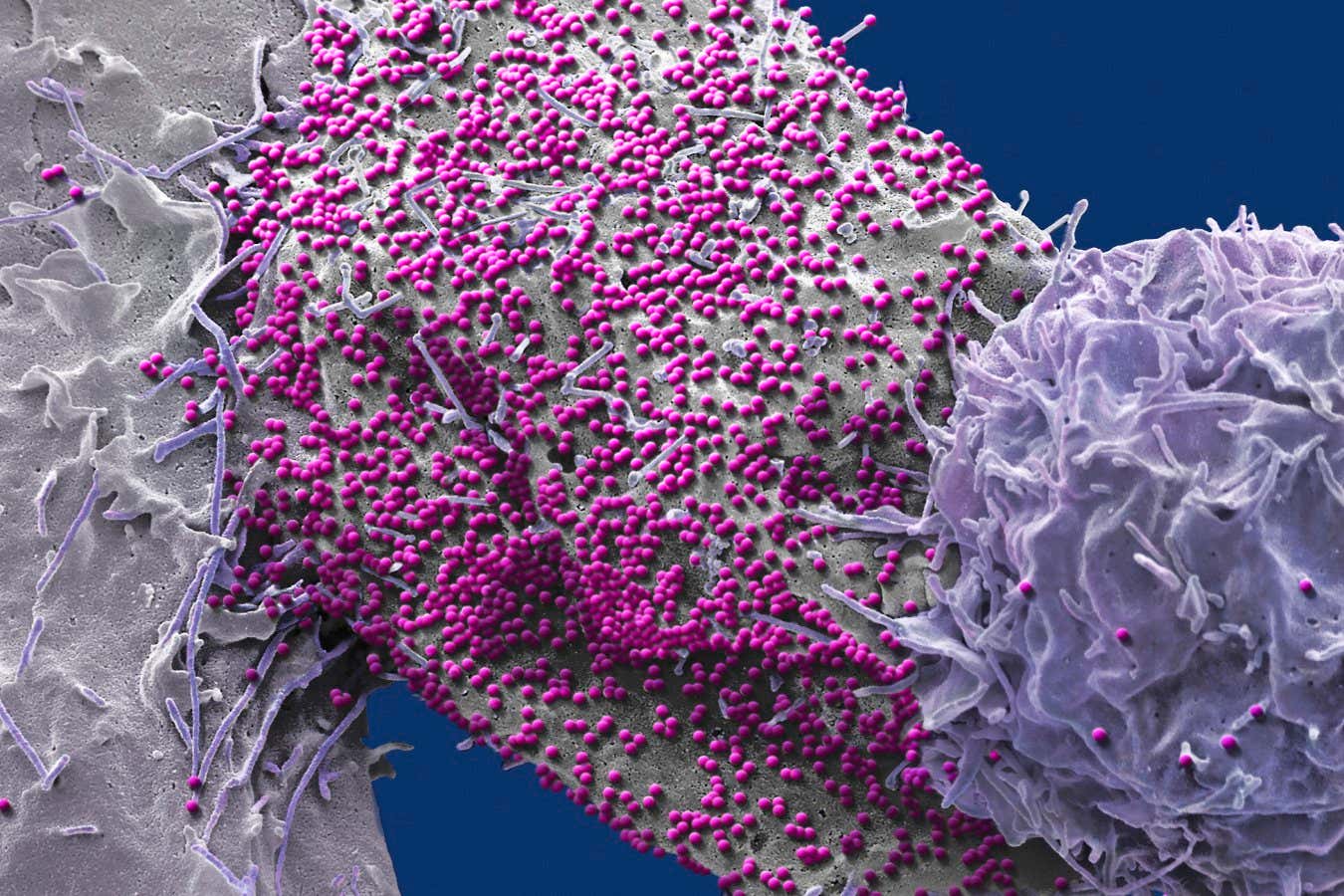
A man has become the seventh person to be left HIV-free after receiving a stem cell transplant to treat blood cancer. Significantly, he is also the second of the seven who received stem cells that were not actually resistant to the virus, strengthening the case that HIV-resistant cells may not be necessary for an HIV cure.
“Seeing that a cure is possible without this resistance gives us more options for curing HIV,” says Christian Gaebler at the Free University of Berlin.
Image: STEVE GSCHMEISSNER/SCIENCE PHOTO LIBRARY
A handful of people with HIV have been cured after receiving HIV-resistant stem cells – but a man who received non-resistant stem cells is also now HIV-free.
By Carissa Wong

New research shows how human cells can be effectively ‘recharged’ by replacing their internal batteries – microscopic power stations called mitochondria – and the discovery could have wide-ranging benefits across healthcare and medical treatments.
The stacks of mitochondria in most of our cells naturally decline in numbers, slow down, and wear out with age. Once they start operating below peak capacity, they can contribute to multiple diseases everywhere from the heart to the brain.
In this latest study, researchers from Texas A&M University used special flower-shaped particles called nanoflowers to scavenge damaging oxygen molecules, triggering genes that increase the number of mitochondria in human stem cells.